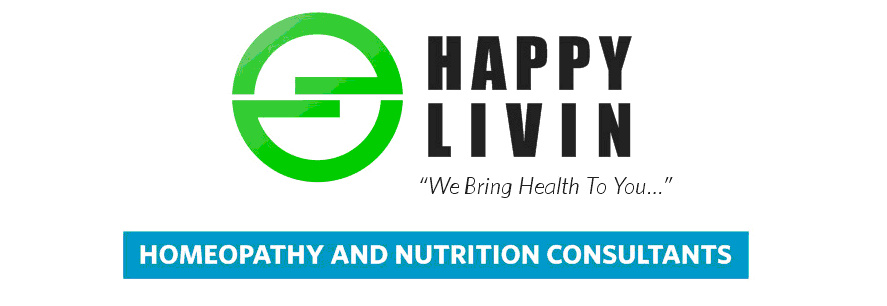Colorectal cancer is main cause of cancer deaths in western countries. It accounts about to 15% of all cancers. Aetiology of colon cancer is multi-factorial and complex but diet is one of the important factors to cause and prevent cancers, like high animal fat consumption is associated with an increase in rate of colon cancer and frequent consumption of vegetables and fruits, due to presence of bioactive food components, decreases the risk of human cancers. This observation has led to research focused upon chemopreventive agents, especially those obtained from the diet. Recently researches have been focused on identifying, dietary phytochemicals that have the ability to inhibit the formation of cancer. Researches have shown that extracts of plants or their ingredients possess inhibitory effects against chemically induced carcinogenesis. Although, nutritional intervention may not be sufficient to protect/or reduce risk of colon cancer in high risk individuals. A complementary approach for secondary prevention would be to recognise and distinguish between chemopreventive agents. The effectiveness of these various chemopreventive agents, together with nutritional interventions in high-risk individuals should then be assessed. Medicinal plants or their crude extracts have been traditionally used in the prevention and/or treatment of several chronic diseases by various different ethnic cultures world wide. In India the incidence rate of large and small bowel cancers are low, but rectal cancer is more common in India
Diferuloylmethane, a yellow pigment more commonly known as curcumin, is one of the active phytochemical found in plants of species of Zingiberaceae. Plants like ginger, saffron and turmeric are some of the plants that have plenty of curcumin. In the Indian subcontinent and Southeast Asia , turmeric has traditionally been used as a treatment for inflammation, skin wounds, and tumours. Turmeric is a significant ingredient in most commercial curry powders. It is also used to give a yellow colour to some prepared mustards, canned chicken broth, and other foods, and is also used as a fabric dye.
HISTORY OF CURCUMIN
Turmeric is known as the poor man's saffron, it is an ancient spice whose use dates back to the time of the Egyptian pharaohs. Highly prized by both Muslims and Indo-Europeans for its medicinal uses, it is just coming into its own as a powerful natural medicine in the West where research is beginning to confirm the potent roles it plays as an anti-inflammatory, anticancer, anti-mutagenic and antioxidant remedy. A traditional remedy in Ayurvedic medicine, an ancient Indian healing system that dates back over 5,000 years, it has been used through the ages as an "herbal aspirin" and "herbal cortisone" to relieve discomfort and inflammation associated with an extraordinary spectrum of infectious and autoimmune diseases. Indian Materia Medica, a standard Ayurvedic reference, cites dozens of conditions in which turmeric can be helpful as an adjunctive therapy including tissue injury or irritation, microbial infections, fevers, allergies, sinusitis, gastritis, colitis, hepatitis, kidney disease arthritis dermatitis, phlebitis, tuberculosis and autoimmune disorders. It is also cited as a remedy for liver disorders accompanied by jaundice.
Topically, it can be used as a poultice to reduce inflammation and swelling due to sprains, cuts, bruises and superficial infections, including those of the eye -- which are treated with an eyewash containing turmeric that cools and soothes burning eyes. Another traditional use is to relieve congestion -- inhaling the fumes of burning turmeric directly into the nostrils is said to cause copious mucous discharge. Turmeric also is given to relieve diarrhoea and fevers, as well as vertigo, when applied directly to the scalp. Used for skin infections, colic, menstrual problems and congestion in China and Cambodia , the tuber also is used as a tonic, stimulant and diuretic in Madagascar
TIMELINE
Although the chemical structure of this remarkable spice, food preservative and dye was identified in 1910 it was only in the 1970s and 1980s that its many, varied health-promoting properties were identified. Recent, research is confirming what traditional healers have known all along, that the fresh juice of the root reduces swelling in bruises, wounds and insect bites and the dried powder kills parasites, relieves head colds and arthritic aches and pains. Research is also beginning to show that turmeric may be a valuable anticancer agent.
The earliest scientific paper on curcumin was published in year 1976 Sharma O P proposed the antioxidant activity of curcumin and related compounds. Gupta B et al, (1980) published Mechanism of Curcumin induced gastric ulcer in rats. Role of curcumin as an anti-inflammatory was demonstrated by Rao T S et al in 1982 and Mukhopadhyay A et al in 1982. In early 1983 a paper by Jiang T L et al, demonstrated effects of curcumae species on human tumour stem cell assay, however curcumae were relatively ineffective on the human tumours tested by him. However two years later in 1985 Kuttan R et al, saw inhibition in ovary cells of Chinese Hamsters by curcumin. A new model for evaluating nonsteroidal anti-inflammatory drugs (NSAIDs) was described by Satoskar R R et al in 1986. In the end of year 1989 researchers from Amala Cancer Research Centre, India
CONCLUSION
Mechanism of curcumin is poorly known and many varied theories have been suggested about its action. But from these studies we can infer that curcumin inhibits carcinogenesis in large bowels.
For consultation contact us at: happylivin3@gmail.com
HAPPY LIVIN
We bring health to you....
